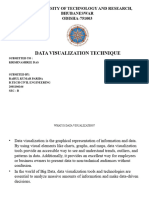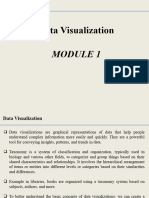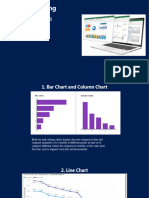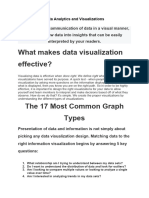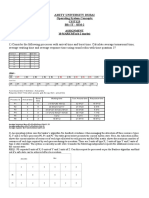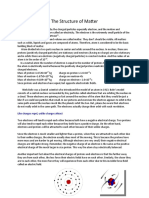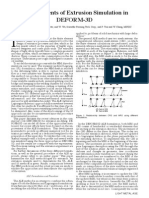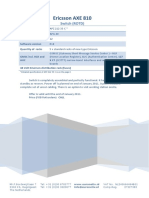0% found this document useful (0 votes)
94 views11 pagesData Visualization Techniques
techniques of data visualization
Uploaded by
Neha GuptaCopyright
© © All Rights Reserved
We take content rights seriously. If you suspect this is your content, claim it here.
Available Formats
Download as DOCX, PDF, TXT or read online on Scribd
0% found this document useful (0 votes)
94 views11 pagesData Visualization Techniques
techniques of data visualization
Uploaded by
Neha GuptaCopyright
© © All Rights Reserved
We take content rights seriously. If you suspect this is your content, claim it here.
Available Formats
Download as DOCX, PDF, TXT or read online on Scribd
/ 11









